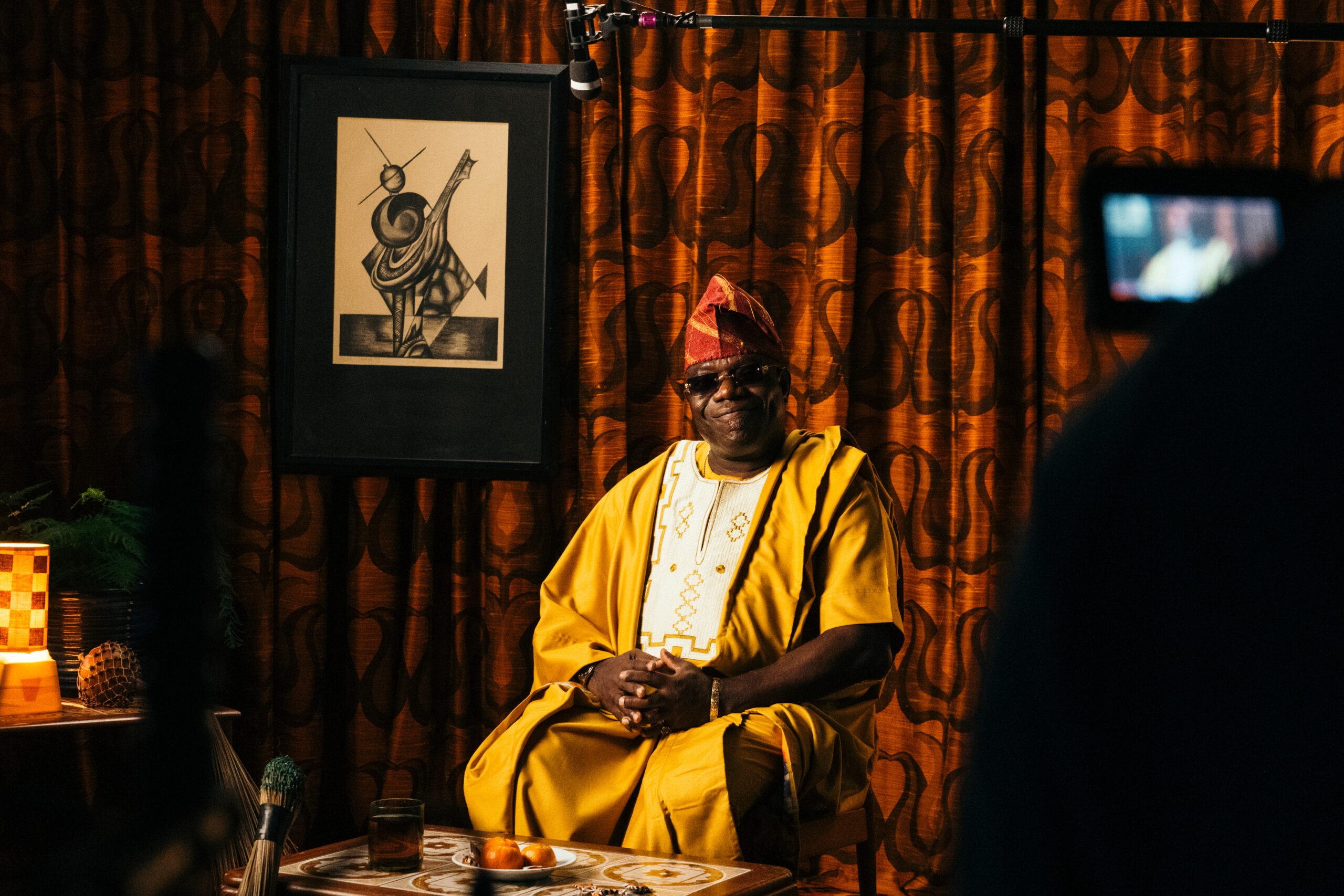
Uniform has always been a point of tension for me within the school system. There was and still is, in my opinion, a double standard between what I am allowed to wear, and what others are permitted to get away with. In my primary school, I was constantly told off for not wearing the regulated uniform. Yet such sanctions were not raised when other students wore whatever they liked every day of the week. Or even when one particular boy wore purple tracksuits for years straight.
Fast forward to secondary school. I get two earrings in one ear, and a teacher comes close to ripping them out on the first day. Meanwhile, another student, whose ears are loudly decorated with various piercings, doesn’t receive a telling off, let alone a sanction.
Another example of micro-discrimination was the reception given to my undercut. I was castigated for my disobedience whilst another student received no such response for exactly the same haircut. These have been recurring situations in which I am disciplined for “disobeying” school rules, but this same response is not applied to other students.
***
Throughout my school career, I have felt and still feel as though I am under the constant gaze of judging eyes. Not only due to the fact that I slightly deviate from the uniform, but also because as a mixed race woman in an overwhelmingly white school population, I stick out like a sore thumb.
“It has gotten to the point where I myself am contemplating whether in fact it is not my clothes which are the disruption, but myself, and my presence”
In most recent months, when it comes to school uniform the point of tension has been my desire to wear a headscarf. My mother, a black woman, has often donned a headscarf in general day-to-day life. The same is the case for my grandmother. This attire is the norm, and an integral part of the African-Caribbean culture.
But I am constantly told to remove it because it is distracting. To whom? I simply wish to know how a piece of navy blue and white cloth, or one that is of a subdued pattern and colour and which has cultural relevance to me and my identity, can be a distraction. It has gotten to the point where I myself am contemplating whether in fact it is not my clothes which are the disruption, but myself, and my presence.
When I speak about this feeling of injustice to my peers, some have asked me why it is an issue, why do I not just remove the headscarf? To them, it is a mere fashion statement. But it is part of my identity. Wearing a headscarf makes me to feel proud of my identity as a biracial women, within a predominantly white school.
It deeply upsets me that I am often the recipient of the anger felt by staff around uniform regulations not being followed. In my opinion, others are wearing clothing, which is in no way in accordance with the uniform policy of the school. Yet, the tonality of the warnings given to them does not have the same aggressive, and uncompromising undertones.
“I am constantly looking over my shoulder, aware of myself and my general presence, for fear of being told off and reprimanded. It’s tiring”
Often those who are told that their uniform is not appropriate and that they need to change it, do not, because they know that there will be no repercussions. I am constantly bombarded with threats to my UCAS and referencing being affected by my headscarf, none of which I feel to be appropriate, within this context. I have so many accomplishments but sadly, this seems to null and void in comparison to my clothing.
Most days I leave school distraught by the fact that I am constantly made aware of my difference and place as “other”. I am constantly looking over my shoulder, aware of myself and my general presence, for fear of being told off and reprimanded. It’s tiring.
This comes from a place of distress. I simply wish for there to be an equal footing, in regards to being continuously told off for my uniform. If I am to be told that I am being disobedient and going against the rules, then this same response should also be directed at the greater population. But I feel that this is not currently the case.
I shall continue to wear my headscarves, which while patterned, are in no way gaudy or especially outlandish. I simply wish for those teachers who incessantly raise issues around my choice of uniform to consider the environments they inhabit, and with whom they associate. I invite them to be curious as to why my wearing a headscarf, a piece of inherited culture, is to them such a distraction.









